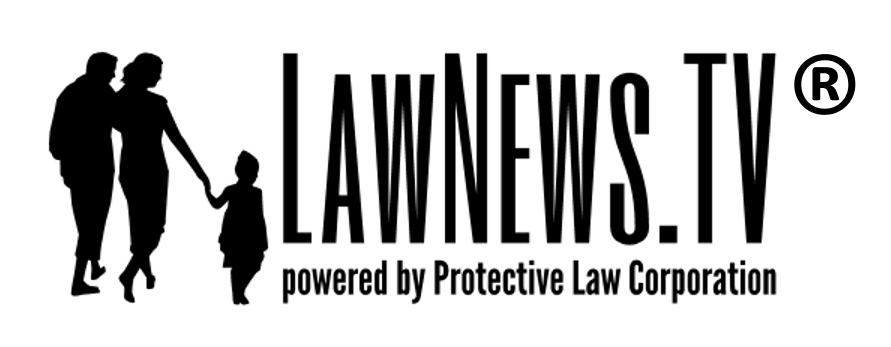Intellectual property (IP) is the driving force behind many of the world’s most innovative and successful businesses. IP rights—including patents, copyrights, and trademarks—protect intangible assets and help companies and individuals profit from the fruits of their intellectual labor.
In today’s digital era, investments in intangible capital now exceed investments in tangible capital. The growth of digital technologies and the internet, however, have created new challenges for protecting intellectual property, which can be unlawfully copied, shared, and replicated online with ease.
Having a strategy for safeguarding your business’s IP from infringement and ensuring that your business does not infringe others’ IP rights is paramount for companies in our digital age.
United States Intellectual Property Rights
In the US, IP rights fall into three main categories: patents, copyrights, and trademarks.
- Patents grant an inventor the right to exclude others from making, using, or selling their novel invention. The United States Patent and Trademark Office (USPTO), which issues patents, subdivides patents into utility patents, design patents, and plant patents.[1]
- Trademarks apply to words, phrases, symbols, designs, or combinations of these elements that distinguish one good or service from another in the marketplace and prevent confusion between competing brands. Trademarks do not have to be registered, but registering them with the USPTO offers stronger IP protection.
- Copyrights give the authors of original literary, musical, architectural, motion picture, and other artistic works the exclusive right to commercialize and distribute their productions. A copyright is automatically secured when a work is created, but protections can be enhanced through registration with the US Copyright Office.
In addition, trade secrets are also entitled to protection under federal and state law. Trade secrets are confidential information such as customer lists, formulas, recipes, etc., that are valuable because they are not generally known by others and are protectable because reasonable efforts are being made to maintain their secrecy. Although trade secrets cannot be registered with the government, they include some of the most valuable intellectual property, for example, the recipe for Coca-Cola and the Google search algorithm.
How to Protect IP
The first step in protecting intellectual property is identifying and inventorying IP that may need to be protected. USPTO offers an IP identifier tool that helps determine intangible assets that may be intellectual property. An attorney can also assist with an IP audit.
Once an IP inventory has been created, steps can be taken to protect critical intangible assets.
- An inventor can apply for a patent that gives them the exclusive rights to use their invention for 15 years (design patent) or 20 years (utility and plant patents) from the date the patent application was filed.
- Filing for trademark and copyright protections can provide multiple benefits. For example, when a business registers a trademark with the USPTO, it creates a legal presumption that the business owns the trademark and has the right to use it, eliminating the need to produce other evidence of ownership in an infringement action. In addition, it creates rights throughout the entire United States. Also, a registered trademark allows a business to use the symbol ® for goods and services listed in the federal trademark registration, which may deter others from duplicating it and strengthen an IP infringement case if duplication occurs. In the case of copyrights, registration with the US Copyright Office is required for a business to bring an infringement action in federal court. Similar to a trademark registration, the certificate of registration of a copyright is considered prima facie evidence of the validity of the copyright in an infringement action. Further, registering a copyright makes statutory damages and attorney’s fees available in an infringement action.
- Trade secrets may be protected from misappropriation not only by federal and state statutes but also by using noncompete and nondisclosure agreements.
Notably, the Federal Trade Commission (FTC) announced a rule in April 2024 that bans employers from entering into noncompete agreements with employees, independent contractors, interns, and volunteers.[2] Legal challenges to the rule, which is set to take effect on September 4, 2024, have already been filed. The rule, if implemented, will require many companies to revisit their current IP protection strategy if they are relying on noncompete agreements.
How to Avoid IP Infringement
Avoiding infringement of others’ IP is just as critical as protecting your own IP because of the legal action—and potential penalties—that can result from intellectual property violations.
The infringing party could have to pay the IP holder royalties, lost profits, and other damages. They could also, in the case of copyright violations, owe statutory damages ranging from $750 to $30,000 for unintentional violations—and up to $150,000 for intentional violations—per infringed work, and even face criminal fines and incarceration as well as attorney’s fees and a court order to stop the infringement.[3]
Many cases involving IP infringement can be settled with cease-and-desist letters before they escalate to legal action. But even if accidental and quickly corrected, intellectual property infringement can expose a business to lawsuits and reputational damage.
To avoid IP infringement, implement the following strategies:
- Before using images, music, or other media, check whether they are
- Do not copy, reuse, or repost material from the internet without first obtaining a license and written consent from the owner, if required.
- Some copyright-protected material falls under fair use rules. Fair use of copyrighted material is legal, within certain limitations.[4] It is prudent to check with an attorney before using copyrighted material.
- Other material may be subject to intellectual property rights but royalty-free, meaning a one-time fee must be paid to use the content, but no additional fees are owed for using it thereafter.
- There are also creative materials that exist in the public domain. Nobody can own this material, and it can be used by anyone.[5]
- Use original content, graphics, music, and other media whenever possible.
- When hiring a contractor or freelancer to create original materials, require a written agreement that specifies the business’s rights to their work (e.g., the contract should state that the work belongs to the business, not the freelancer).
- Educate employees about intellectual property best practices and how to avoid IP misuse: this is essential because a company can be held liable for the actions of its employees.
- Consult with a lawyer about ways to mitigate IP infringement risks and develop related policies.
Talk to an Attorney
An effective IP strategy should focus on both protecting your own intellectual property and avoiding infringement of others’ intellectual property rights. When preventive measures fail and your IP is compromised or you are accused of IP theft, seek advice from an attorney right away to explore ways to mitigate potentially serious consequences.
[1] Patent Essentials, USPTO, https://www.uspto.gov/patents/basics/essentials (last visited June 14, 2024).
[2] FTC Announces Rule Banning Noncompetes, Fed. Trade Comm’n (Apr. 23, 2024), https://www.ftc.gov/news-events/news/press-releases/2024/04/ftc-announces-rule-banning-noncompetes.
[3] 17 U.S.C. §§ 504–506.
[4] Id. § 107.
[5] Welcome to the Public Domain, Stanford Libraries: Copyright & Fair Use, https://fairuse.stanford.edu/overview/public-domain/welcome (last visited June 14, 2024).








